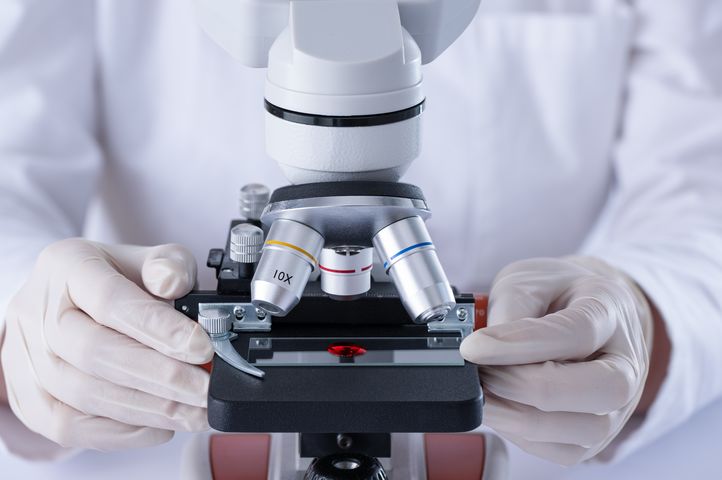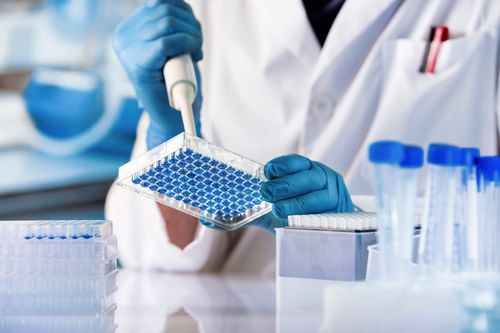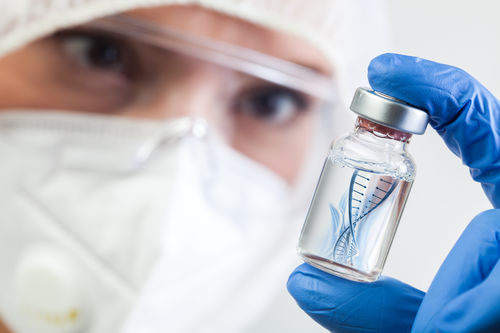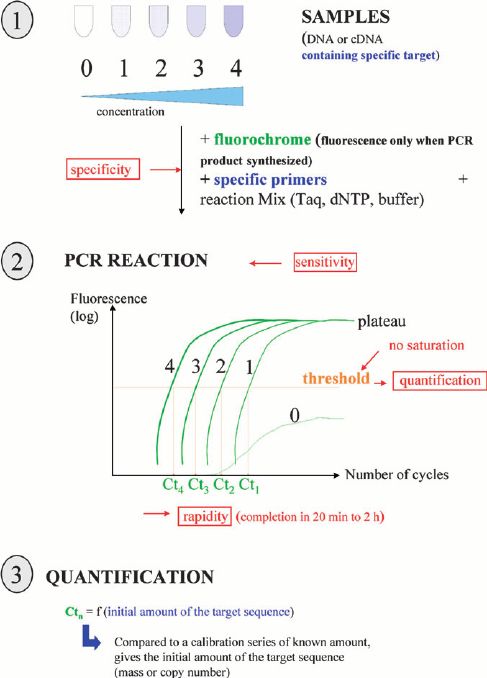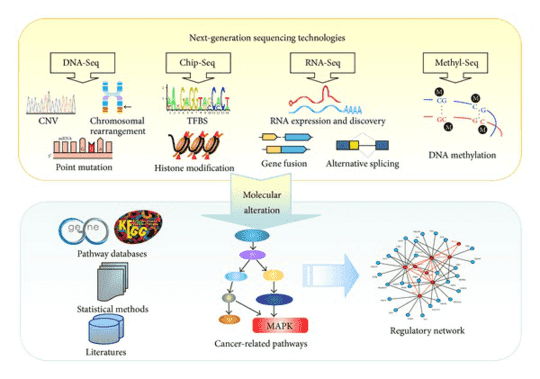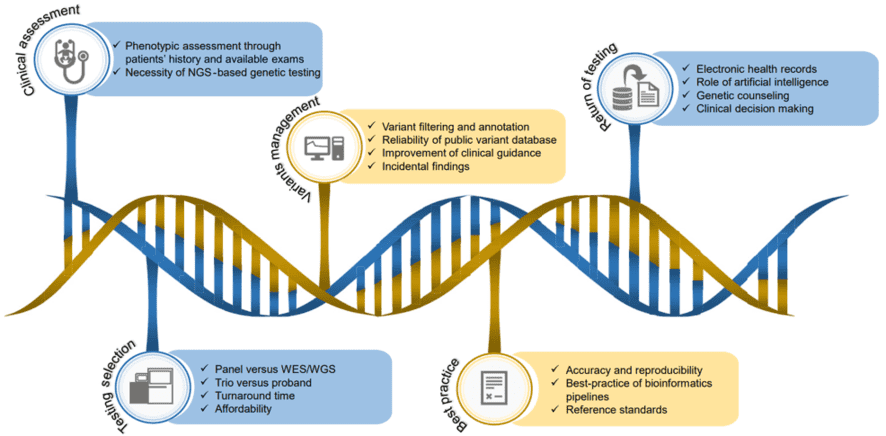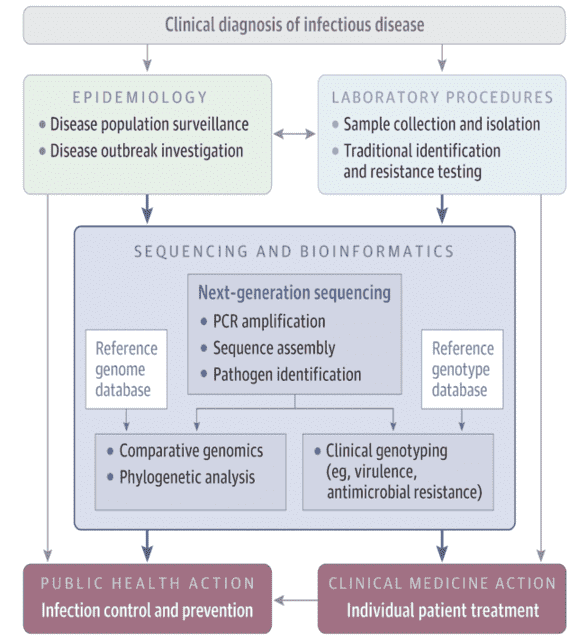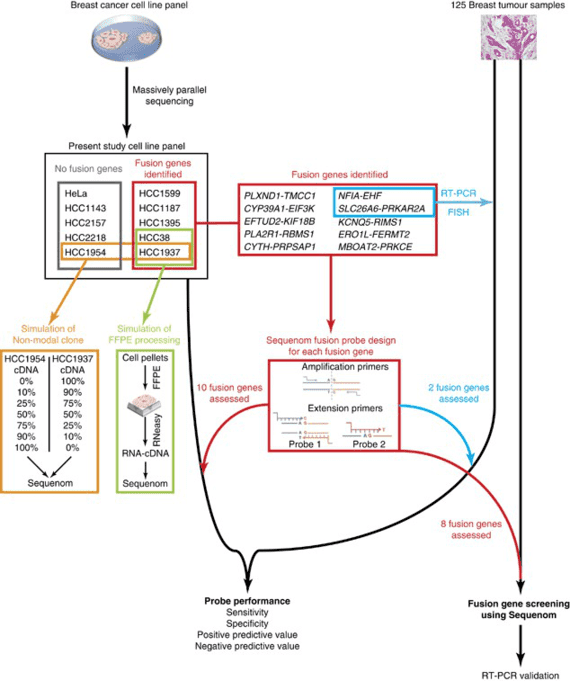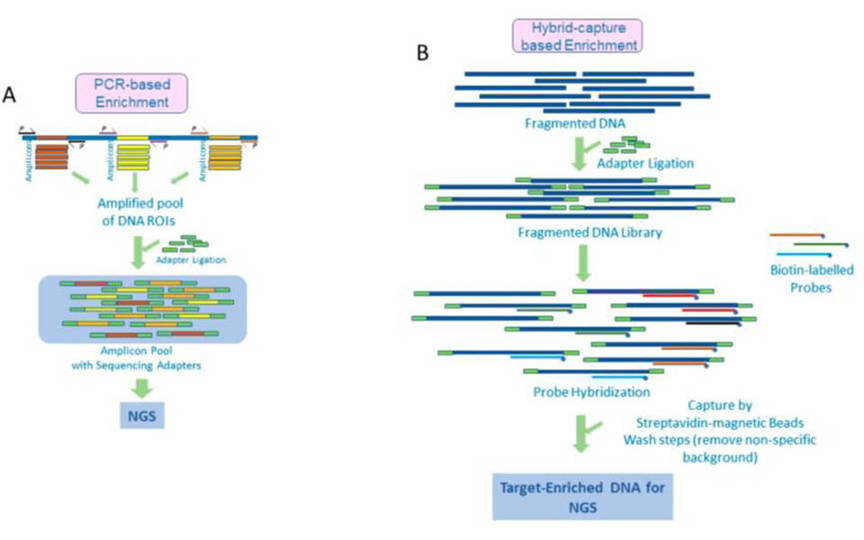Custom Systemic Lupus Erythematosus Panel

What is systemic lupus erythematosus?
Systemic lupus erythematosus (SLE) is an autoimmune disease that invades the connective tissue of the body. The lesions often involve multiple systems and organs. It is characterized by the production of large amounts of autoantibodies and immune complex deposition. While SLE can occur in both males and females, it is found far more often in women, and the symptoms associated with each sex are different. The pathogenesis of SLE is complex. Genetic factors and environmental factors are involved in the pathogenesis of SLE. At present, it is considered that the imbalance of apoptotic nuclear fragmentation and clearance in SLE leads to the exposure of various nuclear antigens to the immune system, and the adaptive immune response is activated by antigen presenting cells (APC), thereby breaking the immune balance. In addition, APC can release a variety of cytokines to promote the development of autoimmune reactions, thereby aggravating the disease.
Disease-related gene description
Since the occurrence of SLE involves in multiple genetic regions, it may have oligomeric properties, meaning that it is possible for several genes to jointly regulate the susceptibility of the disease. BANK1 gene encodes a specific scaffold protein for B cells. Its activated form can affect intracellular calcium mobilization induced by B cell receptors. This may contribute to sustained B-cell receptor signaling and make B cells overactive, causing systemic lupus erythematosus. In addition, researchers have identified a genetic association between signal transduction and transcriptional activator 4 (STAT4) in SLE. Induced by IL-12 produced by dendritic cells, STAT4 is an essential regulator of the immune system. It leads to the development of Th1 cells which have the capacity to secrete high levels of IFN-γ. In addition, STAT4 also transmits a variety of key cytokine-inducing signals, including interleukin-12 and interleukin-23. Therefore, mutations in STAT4 may largely affect the immune response and cause autoimmunity in humans. Furthermore, IRF5, PTPN22, CDKN1A, ITGAM, BLK are TNFSF4 are also associated with the occurrence of SLE.
Based on the latest research reports, we select a variety of genes that are highly associated with increased risk of systemic lupus erythematosus. You can select the genes you want to detect in the panel library or customize your exclusive panel. We offer specialized targeted sequencing technologies to detect low frequency changes in genes that may be mutated.
Custom systemic lupus erythematosus panel offers but not limited to:
-
Amplicon sequencing by Illumina MiSeq/Ion PGM system provides unparalleled coverage uniformity so that we can accurately detect varies in SLE-related genes.
-
Only sequencing the customizable systemic lupus erythematosus panel suits your requirements, increases throughput and saves costs.
-
Strict quality control throughout the pipeline workflow ensures the validity and repeatability of the sequencing.
-
In order to obtain accurate results, each detected change in gene level will be further verified.
-
Custom panel content is based on the latest research frontiers on systemic lupus erythematosus, covering all possible genes.
-
You can choose the panel content of interest from our customizable systemic lupus erythematosus library, or discuss your custom multiple sclerosis panel requirements, then we can provide you with a personalized panel.
Choose the genes that suit you from the systemic lupus erythematosus gene list
| BANK1 |
BCR |
BLK |
CCL2 |
CCL19 |
| CD4 |
CD25 |
CR2 |
CTLA4 |
C4A |
| C4B |
C4B-2 |
CXCL10 |
FCGR2B |
GTF2I |
| HCY |
HDL |
IL-1β |
IL-18 |
IRF5 |
| IRAK4 |
LAG3 |
LTK |
MIF |
NCF2 |
| ORF2p |
P40 |
P450 |
PDCD1 |
PXK |
| P2RX7 |
PTPN22 |
RASGRP1 |
RTK |
RIPK1 |
| STAT4 |
TAM |
TLR5 |
TNFSF4 |
TNFAIP3 |
| TREX1 |
TLR7 |
|
|
|
Specimen requirements of our custom systemic lupus erythematosus panel
- Specimen: serum - avoid hemolysis or isolated DNA (no FFPE).
- Volume: at least 1.6 ml serum, 3 μg DNA.
- Collection: blood is collected by routine procedures. Serum is separated and stored in cold storage. Serum samplesare placed at room temperature and samples with hemolysis, lipemia or severe jaundice are not accepted. DNA samples are stored in TE buffer or equivalent.
- Container: transport tube, lavender-top (EDTA) tube.
Gene panel workflow

For more information about the Custom Systemic Lupus Erythematosus Panel or need other amplification requirements, please contact us.
References:
- Nim H T, et al. Novel methods of incorporating time in longitudinal multivariate analysis reveals hidden associations with disease activity in systemic lupus erythematosus[J]. Frontiers in Immunology, 2019, 10: 1649.
- Rhodes B, et al. The genetics of SLE: an update in the light of genome-wide association studies[J]. Rheumatology, 2008, 47(11): 1603-1611.
- Cohen P L, et al. Gas6/TAM Receptors in Systemic Lupus Erythematosus[J]. Disease markers, 2019, 2019.
- Celhar T, et al. TLR7 Protein Expression in Mild and Severe Lupus-Prone Models Is Regulated in a Leukocyte, Genetic, and IRAK4 Dependent Manner[J]. Frontiers in immunology, 2019, 10.
- Kim S Y, et al. High‐Density Lipoprotein in Lupus: Disease Biomarkers and Potential Therapeutic Strategy[J]. Arthritis & Rheumatology, 2019.
* For research purposes only, not intended for clinical diagnosis, treatment, or individual health assessments.
Related Services
Related Products
Related Resources



